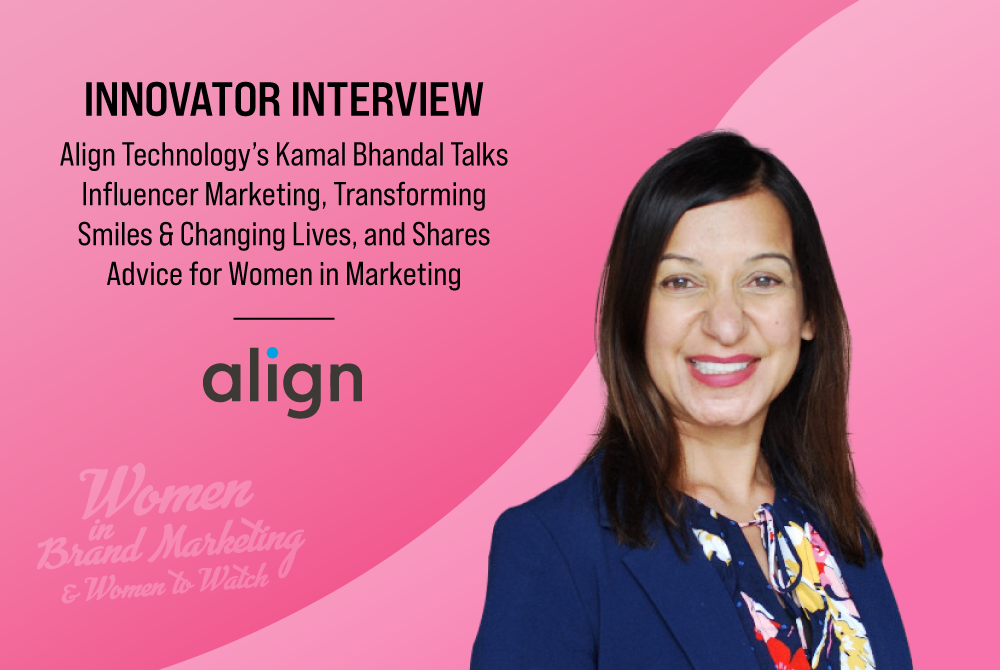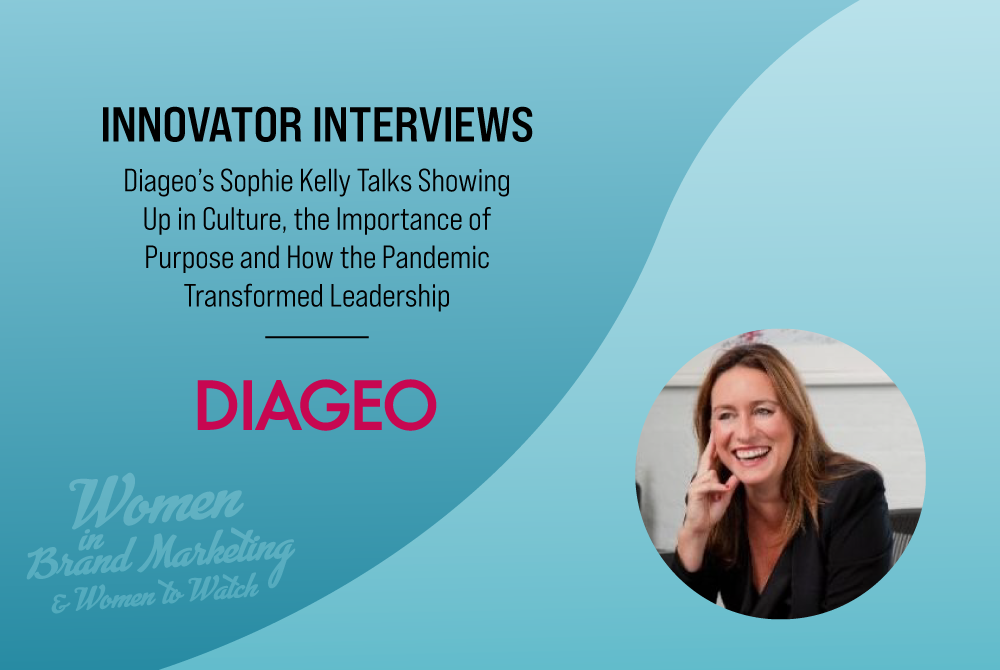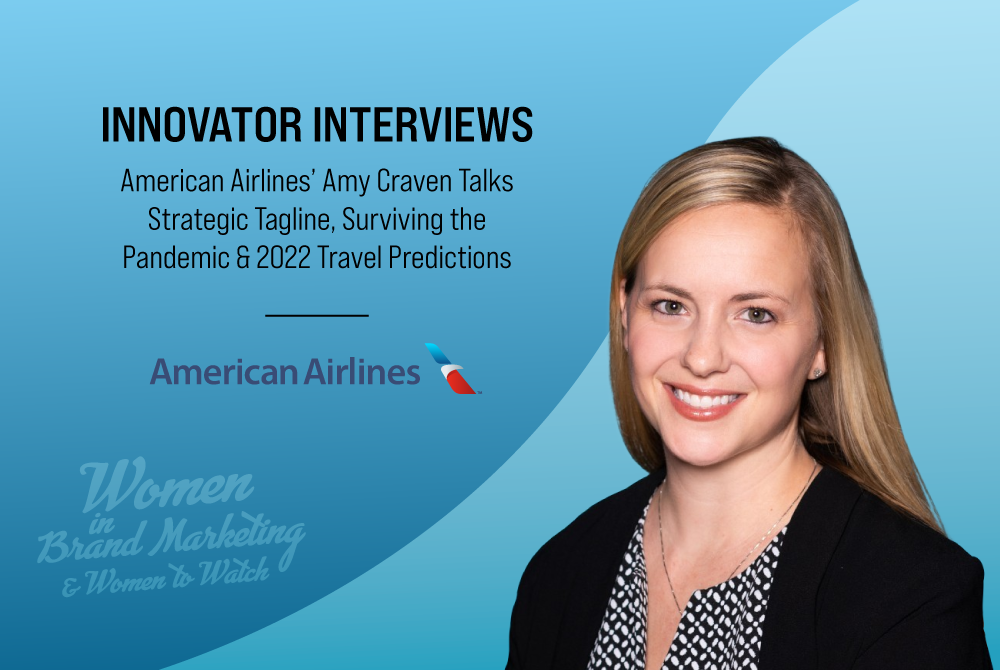Kamal Bhandal, vice president, global consumer & brand marketing, social media, digital and influencer marketing at Align Technology understands the power of word-of-mouth.
Having spent more than eight years at the global medical device company, she says that the brand has always relied on creators to help tell its story of changing lives through better smiles.
“Social media and influencers have been a core part of our approach before influencer marketing was influencer marketing,” says Bhandal. “We have been a leader brand and a challenger brand at the same time. We’ve had to be scrappy – we turned to real people using Invisalign telling their stories.”
Bhandal says that brands need to join the conversation, and for that matter, earn their place in the conversation, rather than broadcast messages at consumers.
Incorporating creators and storytellers into their messaging, had to be natural. “We collaborate with individuals who want to transform their smile and then have them tell about their experience authentically,” she adds. “That is how we earn the right to be a part of conversations.
Bhandal was recently named to Brand Innovators Women to Watch in Brand Marketing Class of 2021 list, has spent her career gravitating between tech, consumer and health tech companies, learning the best of both worlds. She will be speaking at Brand Innovators’ Women in Marketing livecast on May 12.
Brand Innovators caught up with Bhandal from her home office near Align’s offices in the Bay Area to learn more about how the brand is approaching social media and Gen Z and what is in store for 2022. The conversation has been edited for length and clarity.
Social media and influencer marketing have been transformed since the pandemic began, as more consumers turn to digital channels to engage. Can you talk about how this shift is impacting how Align connects with consumers?
As consumers were engrossed with digital content, we leaned into that. We have always been a data-driven brand, a data-driven team, so we leaned into what the data was telling us and that is that consumers were responding positively to creator-led content and it is also really important to us to show up authentically in the marketplace and that became even more important through the pandemic, so that we could ensure that we were striking the right tone in the moment when there is not a lot to smile about.
We turned to creators to help us spread smiles and create joy. Creators talked about their experiences with Invisalign(R) aligners in their own words. It’s been an impactful way to share our brand story and educate consumers about what to expect with Invisalign treatment.
Can you talk about the Invisalign brand pillars and how these foundations shape your approach to marketing?
Our mission is very much centered around transforming smiles and changing lives. Everything that we do stems from that purpose. There are a few elements to that purpose. One element is functional. We straighten teeth but we do so much more than that. We really do find that people who use Invisalign and have their smile shaped the way that they want it shaped, transforms their lives and it transforms their sense of who they are. Our pillars have always stemmed from that purpose.
Beyond that for us what becomes important is to earn the right to be a part of conversations. Gone are the days where brands can talk at people. I think it is incredibly important that brands earn the right to become part of conversations. It is a core part of how we go to market, whether that audience is an adult who is thinking about changing their smile –hopefully that is a right that we earn, or if it is a Mom or a Dad who is considering for their child, or the teen themselves. We all know Gen Z is incredibly full of choice, in terms of which brands they allow into their lives. For us it is important that we show up authentically and that we meet consumers on their terms.
Prior to working for Align, you worked at Progyny, Johnson & Johnson, and Sun Microsystems. Can you talk about how these experiences have shaped your current role?
My career has been at the intersection of consumer, health and tech and each chapter of my career represents those pillars. I started off in tech and I learned a lot during my time in hardware and software independently. Never did I think that I would utilize the hardware and software skills that I gained during my early years in tech to the degree that I have throughout my career .
The second piece is working in big companies and small companies, you learn different things. I have worked in both and have volleyed between both. Intel was a great place for me to gain an understanding of the fundamentals of business. Intel is a fantastic organization when it comes to process and really helping you learn about the various aspects of its business. Sun was a big company, though at the same time it was very much startup-like. What you learn in a startup is that you are the jack of all trades. As a marketer, you are both the copywriter, the web producer, the web developer, the product manager, the product marketer, the brand manager, all of these things souped up into one. You learn how to be nimble, make decisions quickly and you learn how to apply best practices from a tech development standpoint to your marketing approach.
And then Johnson & Johnson was the place where I really had the opportunity to learn consumer marketing. Since then, I have been pulling on all of those learnings across my career into my roles, both at Progyny, which was a startup, and of course here at Align. If you think about where we were at Align when I first joined, we were roughly 5000 people worldwide and now to think about where we are today 8+ years later and the growth that we have had is just phenomenal.
As a leading woman on our Women to Watch list, what advice would you give to other women trying to succeed in marketing?
Remember that when you are in a room of onlys and firsts – if you are the only woman in the room, if you are the only person from an underrepresented group, the first marketer, whatever the first is – remember there is a reason why you are there,” she says. “Don’t let the only or first allow that self doubt to creep in.”
Use your seat at the table to have a conversation. When you are in conversations and you are in those meetings and you are at the table, share your perspective. Don’t let that opportunity pass you by and have the seat that you do have at the table go wasted.
Also remember that it is all of our responsibility to reach down and pull up. No matter where you are inside of your marketing career, think about other women inside of your network, inside of your organization or organizations that you can get involved in to help create access for others. There is always somebody who you can help reach their potential and help navigate this otherwise wild and crazy world so that she too can be successful.
What predictions do you have for 2022?
The creator economy and Gen Z is going to continue to demand that brands show up to the market differently. I also think that more and more brands will begin to engage creators to become a part of the creative process as opposed to only being amplifiers of other content that is created elsewhere. I think that is going to be a big trend.
The second thing that I will say is that it has never been more important for leaders to lead with compassion. It is remembering that compassion starts with not just having empathy with other people but it is in the daily interactions that you have with people and really trying to put yourself in somebody else’s shoes and take the pause to understand what might be going through their head, what might be the unique challenges that they are navigating because every person’s pandemic experience is a different experience. People have different needs, there is no universal need. Teams are made of people who are very very unique and I think part of compassion in my mind is really ensuring that leaders take that time to get to know the people on the team as individuals. Get to know their story, get to know who they are. Spend some time, have a coffee chat virtually.




